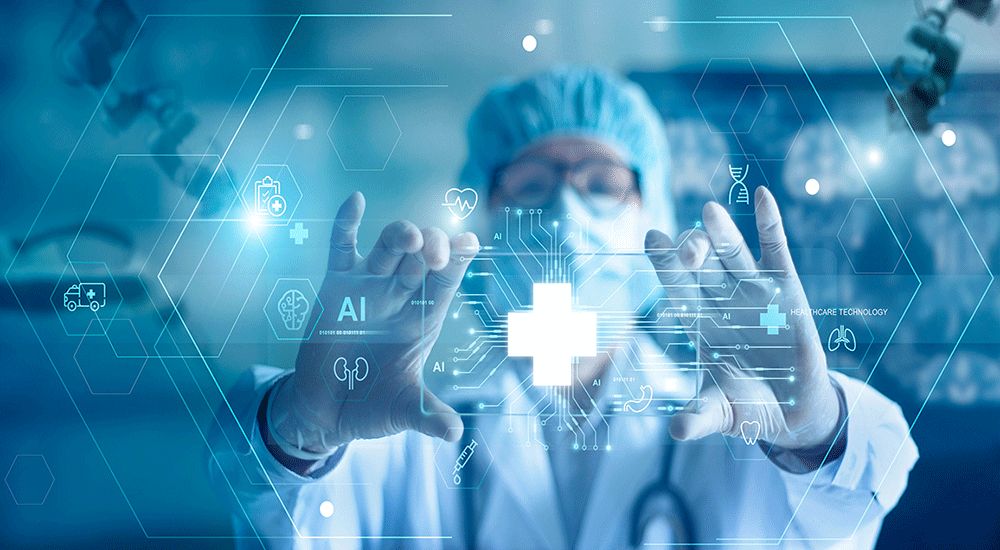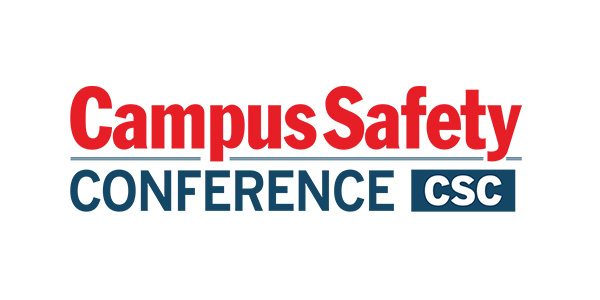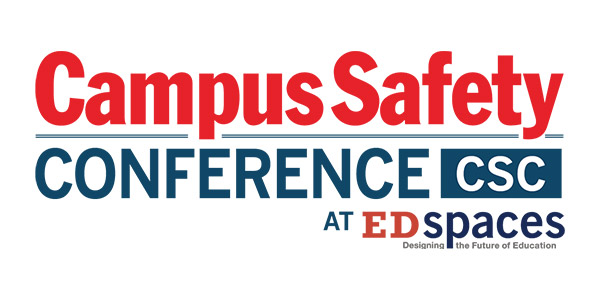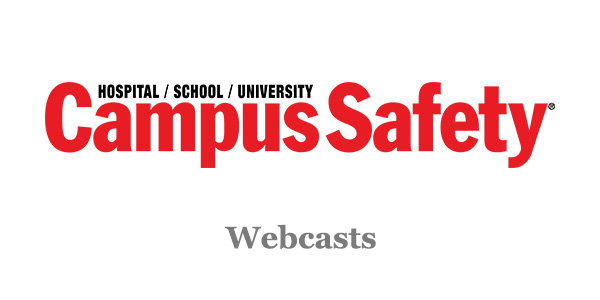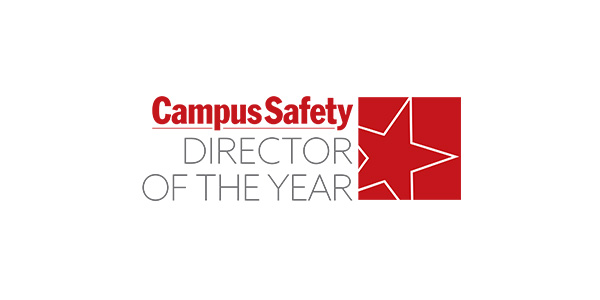The impact of artificial intelligence (AI) on the healthcare sector is profound, ranging from boosting diagnostic accuracy to streamlining administrative tasks. Yet, one of its most transformative roles is enhancing safety and security in healthcare facilities.
By equipping healthcare systems with advanced intrusion detection, patient monitoring, and equipment tracking, AI improves safety throughout the facility.
AI Monitoring Equips Hospitals with Intrusion Detection
Hospitals are critical infrastructures and require a high level of security to protect patients, staff, and sensitive medical information. The traditional security systems often seen in these facilities rely on human vigilance. Unfortunately, in such large buildings, 24/7 human surveillance proves inconsistent and error-prone.
AI systems, on the other hand, continuously analyze real-time information from a wide array of cameras and sensors. In a matter of seconds, they can alert the facility’s security personnel of a recognized intrusion or attempt at unauthorized access.
RELATED ARTICLE: How Video Surveillance Can Help Combat Drug Diversion in Hospitals
Unauthorized access to healthcare facilities can lead to theft, data breaches, and risks to patients’ safety. AI-driven tools offer intrusion detection across the entire facility, including restricted areas like drug storage facilities, laboratories, and staff-only zones. When cameras and other sensors are placed around the facility’s perimeter, sophisticated algorithms enable AI systems to efficiently identify and flag unauthorized access and unusual behavior.
For instance, AI can recognize prolonged loitering in vulnerable areas, such as ambulance bays or emergency department entrances. By classifying and predicting suspicious activities, these systems proactively notify security personnel, resulting in a fortified layer of security that was previously unattainable with traditional surveillance methods.
Inside the facility, modern AI-powered video surveillance systems do far more than just record footage; they analyze real-time data for anomalies and potential threats that can alert personnel to ensure a rapid response to any potential threat. This proactive approach creates a safe environment for both patients and facility staff.
AI Systems Improve Safety with Patient Monitoring
Patient monitoring is as critical to safety as intrusion detection in a healthcare setting. Traditional patient observation relies on vigilant manual checks and often fails due to errors or lapses.
AI systems provide a far more reliable and consistent approach to patient monitoring. The scope of AI monitoring extends beyond patient rooms to include corridors, waiting areas, and reception zones. Using AI, hospitals can continuously track vital signs like heart rates, oxygen levels, and movement patterns.
Through video and other sensors, AI systems can detect if a patient falls, gets out of bed, or experiences distress. In fact, each hospital trains the AI to recognize whatever events staff feel are most important. Moreover, AI can provide automated patient activity logs to reduce the administrative burden on healthcare staff.
When the AI detects an issue, it immediately alerts healthcare providers. This real-time intelligence enables quicker interventions and improves patient outcomes.
AI Systems in Healthcare Facilities Offer Equipment Tracking
Equipment tracking is a critical aspect of healthcare management that is often overlooked. Misplaced or lost medical equipment can lead to delays in patient care and increased operational costs. AI systems mitigate these challenges by tracking and managing medical equipment in real time. For example, they can monitor RFID tags and IoT sensors to ensure equipment is always accounted for and readily available when needed, which provides an extra layer of security against theft or mismanagement.
RELATED ARTICLE: 2025 Predictions for Video Surveillance in Education and Healthcare
AI systems can also use video monitoring to recognize and track assets such as wheelchairs, IV stands, and mobile workstations. If someone moves a piece of equipment away from the place where it should be, the AI system can alert staff.
Though the technology employed in hospitals and other medical facilities is changing rapidly, the goal remains the same. Innovations in AI systems continue to create increasingly efficient environments with new, groundbreaking ways to protect patients and staff.
Herman DeBoard is CEO is Huvr, a sensor technology and intelligent data solutions provider.
NOTE: The views expressed by guest bloggers and contributors are those of the authors and do not necessarily represent the views of, and should not be attributed to, Campus Safety.

